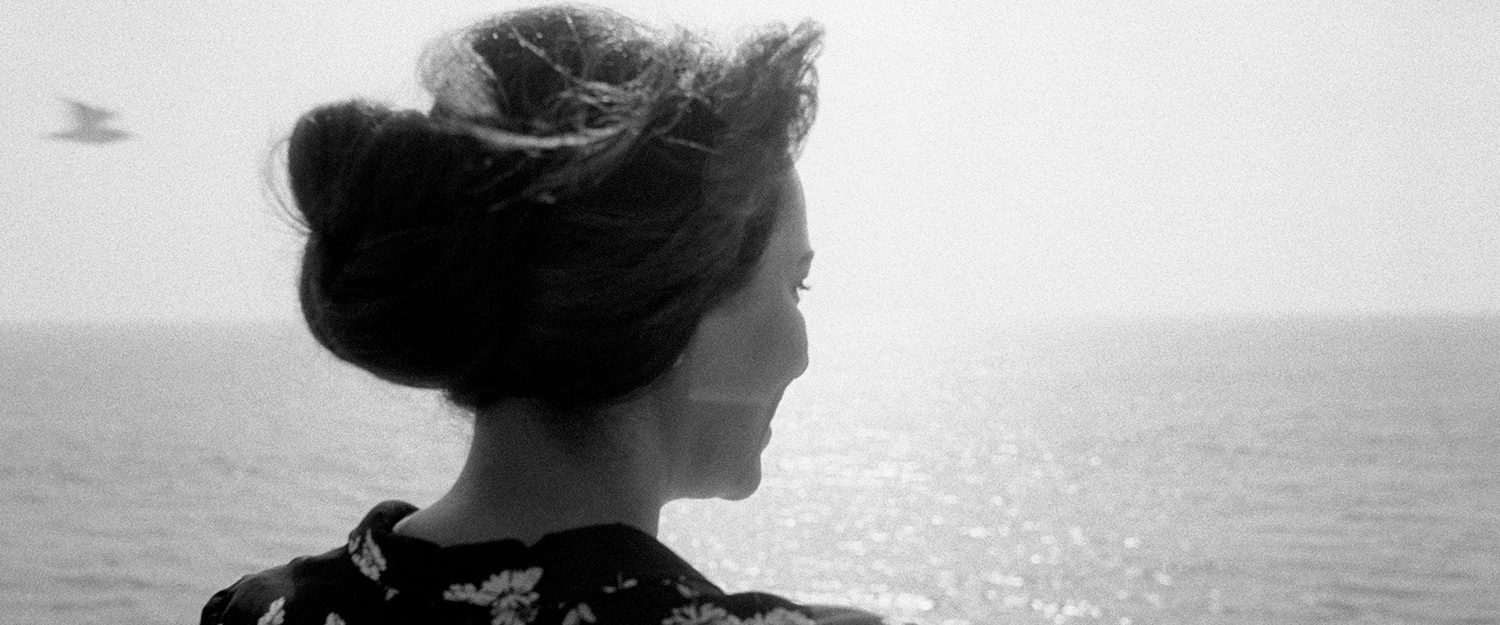In order to gain an understanding of what audiences wanted to see in a music video, I created a quantitive questionnaire and gave it to each student in my class. The questionnaire garnered a mixed bag of results and in general I did not find it to be very helpful in the creation of my video. However, in some instances such as when they were asked whether they preferred fast and energetic or slow paced music videos, the majority of the group (72%) answered that they preferred a mixture of the two. Fortunately I had already made plans to use a mixture of shot lengths and alternating speeds of on-screen movement. But on the other hand, this feedback did get me thinking about how important making sure the visuals matched the pace of the music was in terms of the videos overall effectiveness. Pacing can be one of the most important aspects to consider when producing a music video as otherwise you could run the risk of losing your audiences interest. While editing I still had to re-cut scenes in my video a few times in order to improve the pace. I found it somewhat difficult to edit some of the footage such as that of the ferrofluid. This was due to its rather slow nature in comparison to the portion of the song I wanted to use it in. To overcome this problem I sped
The participants were also asked about their favourite music video and why they enjoyed it. This gave me the following responses:
- The 1975 - A Change of Heart because of the intertextuality and the references to previous songs and music videos. And also it has dancing clowns.
- One direction - History. I think the difference between the narrative and performance.
- Bts-I need U (19+ ver.) because so much happens it's more than just dancing and singing, it tells a story and it's a little bit scary.
- L$D - Asap Rocky. (No explanation)
- Honey - Moose Blood. Because I like how it has a narrative, how the artists make an appearance and how it's almost parody-like
- Michael Jackson - Thriller. The story, performance, and costume.
- Alt-J - Every Other Freckle. Because it gives a very loose narrative but is very experimental
- Chico - Chico Time. Inspirational.
- Michael Jackson's - "Thriller". The zombies dancing, Michael's charisma, the song itself, the cinematography, playfulness.
In order to gain a good, solid understanding of what audiences want from a music video, I decided to create a questionnaire and send it to the other students in my class to fill out. This method of research is called quantitative, as it relies on facts and figures, whereas the other methods of research were more qualitative, which produces more varied and in depth results. Quantitative research methods are more structured ways of getting information and they produce solid information in a formal, often numerical manner.
The purpose of the questionnaire I created was to gain an insight into what an audience prefer a music video to include and to find out their thoughts and opinions.
I had hoped that my questionnaire would provide me with lots of data that would help inform my work and give me some ideas and inspiration, however, this proved not to be necessarily the case. This is because not all of the answers I received from the questionnaire were in as much detail as I would have liked, with some of the replies being very short. Another reason why I did not get the quality of information that I had hoped for could have been due to the fact that a lot of the questions had multiple choice answers and some people may have found it difficult to choose an accurate answer, or even didn't have an answer that reflected their own opinion at all. As a result of this, I believe that the reliability of my results may be questionable, but I am glad I conducted this method of research because it gave me some idea of what kind of video audiences enjoy watching.












































